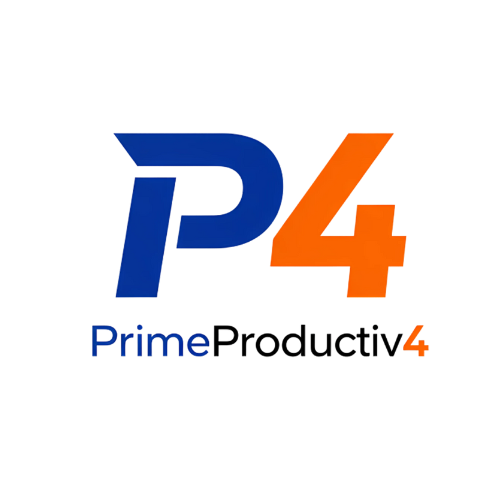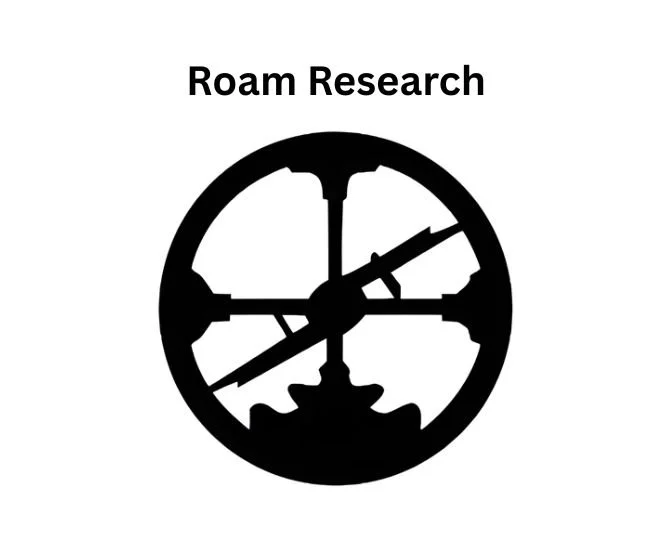Roam Research
Quick Overview
Type: Web App / Desktop App (Mac & Windows) / Mobile App (iOS)
Pricing: Paid (Subscription starting at $15/month with 31 days Free Trial)
Best For: Researchers, writers, students, knowledge workers who need to connect ideas and build a networked knowledge base
Website: https://roamresearch.com
What is Roam Research?
Roam Research is a note-taking tool designed for networked thought. Unlike traditional note apps that organize information hierarchically in folders, Roam uses bidirectional linking to create a web of interconnected ideas. Every note becomes part of a living knowledge graph that helps you discover unexpected connections between concepts.
Built on the principle that knowledge isn't linear, Roam allows you to link notes together, reference them across different contexts, and see how ideas relate to each other. It's particularly powerful for researchers, writers, and anyone working with complex information who needs to build a "second brain."
Whether you're conducting academic research, writing a book, managing projects, or building a personal knowledge management system, Roam helps you think more clearly by making connections visible and easily accessible.
Key Features
Bidirectional Linking - Create two-way connections between notes automatically; when you link to a page, that page shows all references back to it
Daily Notes - Start each day with a blank page that becomes part of your permanent knowledge base
Block-Level References - Link and embed specific paragraphs (blocks) across different notes, not just entire pages
Graph Database - Visualize your entire knowledge network and discover unexpected connections between ideas
Outliner-Based Structure - Organize thoughts in nested bullet points that can be expanded, collapsed, and rearranged easily
Powerful Search - Find information across your entire database instantly, including within linked references
Templates & Shortcuts - Create reusable templates and custom shortcuts to speed up your workflow
Version History - Access previous versions of any page and restore older content if needed
Real-time Collaboration - Share graphs with team members and collaborate on shared knowledge bases
👍 Pros
Revolutionary approach to note-taking that mirrors how the brain actually works through association
Incredibly powerful for connecting disparate ideas and building comprehensive knowledge systems
Active and passionate community sharing templates, workflows, and best practices
Excellent for long-form research, academic work, and complex project management
Graph visualization helps you see patterns and connections you might otherwise miss
Block-level referencing is more flexible than traditional note-taking tools
31 days Free Trial for both Pro Subscription: Monthly and Yearly Plan if you’ve never had a plan
Strong keyboard shortcuts make it fast for power users once you learn the system
👎 Cons
Steep learning curve - takes time to understand and fully leverage the bidirectional linking concept
Can feel overwhelming for beginners who just want simple note-taking
More expensive than many competing note-taking apps at $15/month minimum
Web-based interface can occasionally feel slower than native apps
Mobile apps are functional but not as powerful as the desktop experience
The open-ended structure can lead to over-complication if you're not disciplined
Pricing
Pro Plan: $15/month + 31 Days FREE Trial
Full access to all Roam features
Unlimited notes and graphs
90-day version history
Priority support
Billed monthly
Pro Plan - $165/year + 31 Days FREE Trial
All Pro features
Save $15 vs monthly billing
Annual commitment
Believer Plan - $500 for 5 years:
Lock in lowest lifetime rate
All Pro features
Best value for committed users
One-time payment for 5 years of access
Enterprise:
Custom pricing
Advanced security features
Dedicated support
Team management tools
SSO integration
Integrations
Connects with: Readwise (highlight syncing), Zapier (automation), various browser extensions for web clipping, desktop apps for local backups
Learning Curve
Beginner Friendly: ⭐⭐☆☆☆ (2/5)
Roam has a steep learning curve compared to traditional note apps. The concept of bidirectional linking and networked thought takes time to grasp. However, once you understand the system, it becomes incredibly powerful. Plan to spend a week or two exploring tutorials and experimenting before you feel comfortable.
Best Use Cases
Academic Research - Connect sources, quotes, and ideas across multiple research projects and see how concepts relate
Zettelkasten Method - Perfect for implementing the slip-box note-taking system for knowledge management
Book Writing - Organize research, outline chapters, and connect themes across your entire manuscript
Personal Knowledge Management - Build a "second brain" that grows more valuable over time as connections multiply
Complex Project Management - Track interconnected tasks, decisions, and information across multiple projects
Alternative Apps
If Roam Research isn't right for you, consider:
Obsidian - Similar networked note-taking but files stored locally, free for personal use, more affordable
Notion - More beginner-friendly with databases and project management, but less powerful linking
Logseq - Free, open-source alternative with similar bidirectional linking and graph features
RemNote - Combines spaced repetition flashcards with networked notes, better for students
Craft - More beautiful interface and easier to learn, but less powerful for complex knowledge graphs
Bottom Line
Roam Research is the gold standard for networked note-taking and knowledge management, especially for researchers, writers, and deep thinkers who work with complex, interconnected information. If you're willing to invest time learning the system and pay the premium price, Roam can fundamentally change how you organize and develop ideas. However, if you want simple, straightforward note-taking or you're on a tight budget, alternatives like Obsidian or Notion might be better starting points. Roam rewards commitment - the more you use it, the more valuable it becomes.
7 Frequently Asked Questions
Is Roam Research free to use?
No, Roam Research doesn't offer a free plan. However, it does provide a 31-day free trial for both the monthly ($15/month) and yearly ($165/year) Pro plans. This gives you a full month to explore all features and decide if the networked note-taking approach works for you before committing to a paid subscription.
Does Roam Research work offline?
Roam Research is primarily web-based, so it requires an internet connection for full functionality. While the desktop apps (Mac & Windows) can cache some data locally, they're not designed for extensive offline use like fully local apps such as Obsidian. You'll need a stable internet connection for the best experience.
Can I collaborate with my team in Roam Research?
Yes! Roam Research supports real-time collaboration. You can share your graphs with team members, work together on shared knowledge bases, and see changes as they happen. This makes it useful for research teams, writing collaborations, or any group working with interconnected information and ideas.
How does Roam Research compare to Obsidian?
Both use bidirectional linking for networked notes, but they differ significantly. Roam is web-based with real-time collaboration and costs $15/month, while Obsidian stores files locally on your device and is free for personal use. Roam has a cleaner outliner-based structure, while Obsidian offers more customization through plugins. Obsidian is generally more affordable, while Roam excels at collaboration and has a more guided approach to networked thinking.
Is Roam Research good for students?
Roam can be excellent for students, especially those in research-heavy programs or working on complex subjects that require connecting ideas across multiple sources. It's particularly powerful for implementing the Zettelkasten method and building a comprehensive knowledge base over time. However, the steep learning curve and $15/month cost might be challenging for some students. Alternatives like Logseq (free and open-source) or RemNote (which includes spaced repetition features) might be more budget-friendly options.
What is bidirectional linking and why does it matter?
Bidirectional linking means when you link from Note A to Note B, Note B automatically shows that Note A referenced it. This creates two-way connections that mirror how your brain actually associates ideas. Unlike traditional folders where information lives in one place, bidirectional linking lets the same note appear in multiple contexts, helping you discover unexpected connections and build a web of knowledge that becomes more valuable over time.
Can I import my notes from other apps into Roam Research?
Yes, you can import notes into Roam Research, though the process varies depending on your source app. Roam supports importing from formats like JSON, Markdown, and EDN. Many users successfully migrate from apps like Evernote, Notion, or plain text files, though some manual formatting may be required. The Roam community also shares various import scripts and tools. For smooth migration, it's recommended to check Roam's documentation or community resources for your specific source application.
Get Started
Last Updated: October 2025
Category: Note-Taking

